When Ottawa River paddlers feel the pull toward Phil’s Hole at the start of a whitewater run this summer, they will have reason to feel nervous. The 60-foot-wide recirc is hard to avoid and has been known to treat kayaks like playthings. They might take some comfort, though, in knowing recreational paddlers have been feeling—and surviving—the same nervousness for half a century now.
50 years of rapids and revelry on the Ottawa River
The large-volume Ottawa River separates Ontario from Quebec and runs through the nation’s capital. It has floated a watershed’s worth of logs downstream to lumber mills, served as a fur trade thoroughfare and hosted Indigenous travel for millennia. And yet, in the early 1970s, the fact it was home to truly world-class rapids seemed to surprise what was then just a nascent whitewater paddling community.
In 1973, Ed Coleman was a university professor in Pennsylvania with a side gig running canoe trips down the rocky Petawawa River in Ontario’s Algonquin Park. After a revealing aerial tour, Coleman told three of his guides to test out the whitewater he had seen “somewhere near Beachburg.”
The three spent a day driving rural roads, trying to get views of the river guarded by unexciting farmers’ fields. Finally, at sundown, they saw huge waves at the end of a pool and camped nearby.
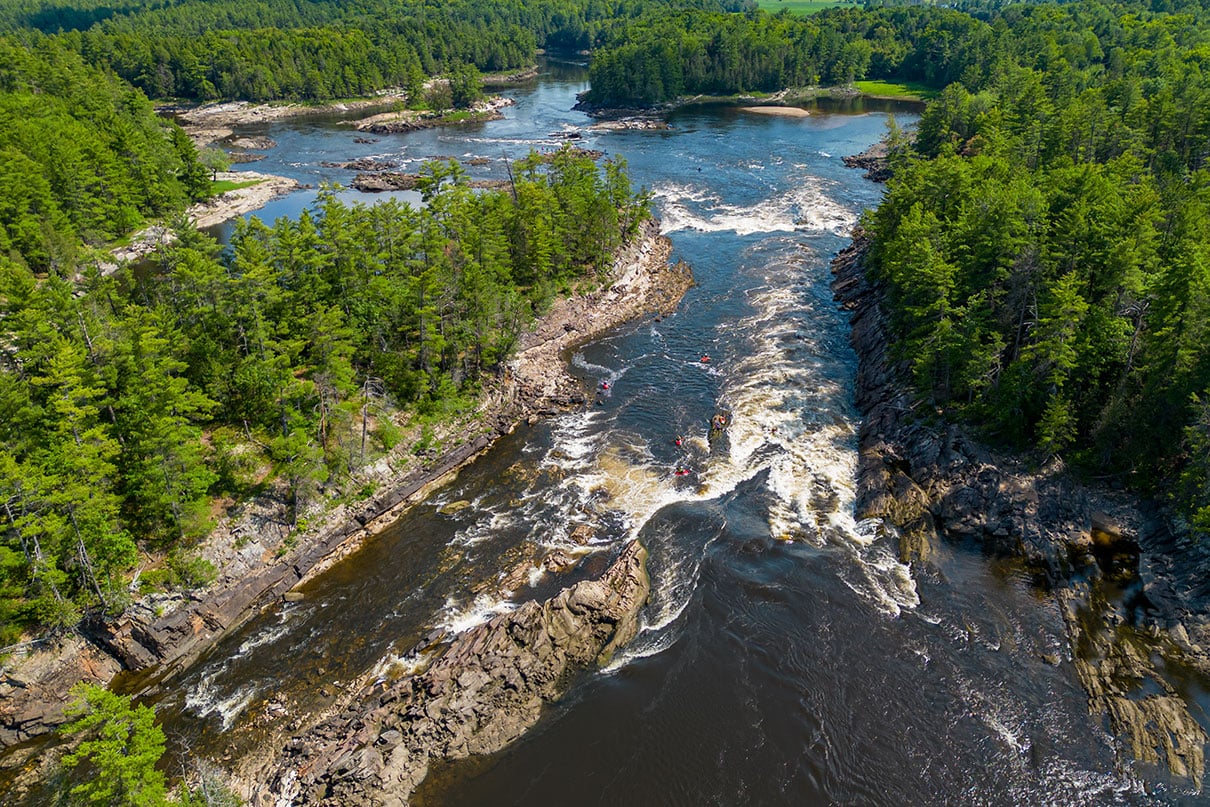
Guide Phil Coleman, who would later lend his name to the hydraulic welcoming boaters to the run, recounted the next day scouting the Ottawa, getting as far as Garvin’s Chute after following the smaller left, or Middle, channel. “The whitewater was huge. It was clean. It was warm. It was beautiful. All three of us were blown away. We had never imagined such a river.”
The makings of a major destination
News of the rediscovery didn’t get far in the thinly spread whitewater community. A few months later, Hermann and Christa Kerckhoff were promoting their recently founded Madawaska Kanu Centre (MKC) at the Toronto Sportsmen’s Show. Next to them were the Lamont brothers, who ran a wilderness survival school on Calumet Island. The brothers told the kayakers about the monster whitewater downriver from their school. Hermann, who had competed in the 1972 Olympics in slalom kayaking, had a daughter, Claudia, who was 13 then but already the Canadian women’s whitewater champion. The family pulled Claudia out of school one day next spring and drove five hours through the farmland of southern Ontario with two Kevlar kayaks on the roof.
Putting in just downstream of Phil’s, they followed the lazy current not left, where Coleman’s party had gone, but to the right, down the Main Channel.
“We had started to think it had been a waste of time,” says Claudia. Then they saw Black Chute—a.k.a. The Lorne—home to the famous Garburator and Buseater features. “Oh my God,” remembers Claudia. “Neither of us had ever seen whitewater so big.”
After completing the run through massive wave trains at Butcher’s Knife, Normans and Coliseum, they saw the Lamonts and Christa Kerckhoff waiting for them on shore.
“We were bursting,” remembers Claudia. “We had just paddled something the world needed to know about, something that was going to be a major destination.”
She was right. Fifty years later, more than two million people have floated down those rapids on rafts, many with Wilderness Tours, which grew out of Ed Coleman’s outfitting operation. A portion floated with other operators like OWL Rafting, started by the Kerckhoffs and continued by Claudia, her husband Dirk van Wijk, and daughters Stefani and Katrina.
And while most visitors have been raft-borne, the many thousand guides and safety boaters employed by the rafting companies have engendered a playboating scene that grew to global prominence in the 1990s.
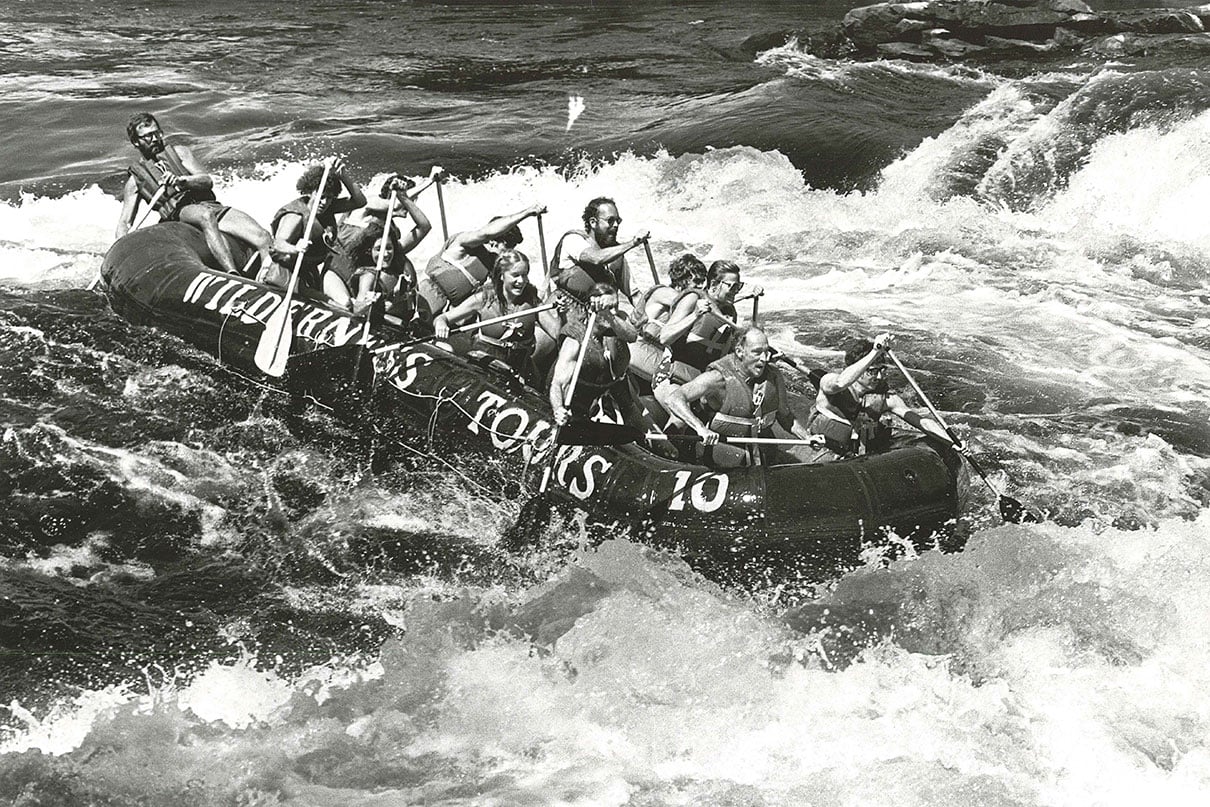
The Ottawa welcomes the world
Joe Kowalski has been running Wilderness Tours since 1974. The former student and guide of Ed Coleman remembers the early days when recreational kayaks were hard to come by and hard to paddle.
“We called them Tupperware boats, like the Perception Dancer,” says Kowalski. Ottawa River eddylines were home to some serious enders, but you could only do so much in these boats.
Then Eric Jackson started showing up for a week or two every summer, and the playboating scene took off in lockstep with more sophisticated boat materials and designs. When the World Freestyle Championships came to the Ottawa River in 1997 and local paddler Ken Whiting won in a capable Wavesport X, the table was set for an explosion in popularity for whitewater and the Ottawa.
The river became a mecca for the world’s top paddlers, including Eric Jackson, Steve Fisher, and locals like Benny Mar, Anna Levesque, Tyler Curtis, Billy Harris and Nick Troutman.
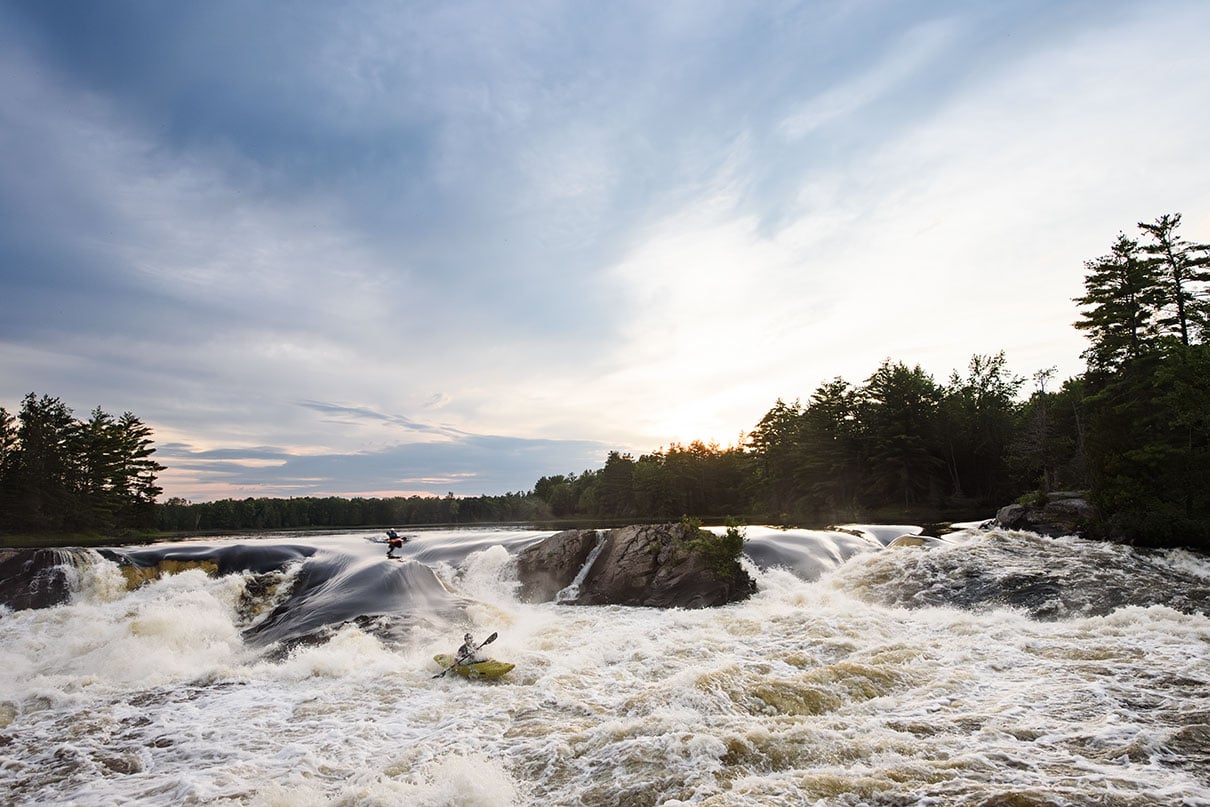
They came because the Ottawa is home to features allowing the best paddlers in the world to push the limits of freestyle, but that’s only half the story. The Ottawa scene achieved a critical mass of activity because it’s also, in Kowalski’s estimation, “the world’s best intermediate whitewater river. It’s not extreme, but it has extreme play spots. It’s a great place for people to go from intermediate to advanced.”
The reasons why are many. Numerous hydropower dams upriver spill water from the surface, meaning the Ottawa is unnaturally warm. It flows over granite, not soft sedimentary rock, so there are next to no undercut features or strainers, making it as safe as whitewater of its caliber can be. To top it off, it’s only an hour from the nation’s capital, with paved access close to both sides of the river.
All of which allowed it to have an outsized influence on the paddling community beyond its banks. Alastair Baird has lived on the Ottawa’s banks all his life, worked in the paddling industry, and served as manager of economic development for the local county. He notes many of the rafting companies hired guides from the U.S., New Zealand, South Africa and Europe, who have gone home and contributed to their own whitewater industries. “Similarly, a number of the Alberta, B.C. and Quebec rafting companies were created by people who first worked on the Ottawa. It really kickstarted the industry in Canada.”
The inaugural Ottawa Paddlefest took place June 21 to 23, 2024, celebrating the Ottawa River’s golden anniversary with clinics, films, live music, vendors and shuttles.
Celebrating five decades—or thereabouts—of rich, recreational paddling history. | Feature photo: Robert Faubert


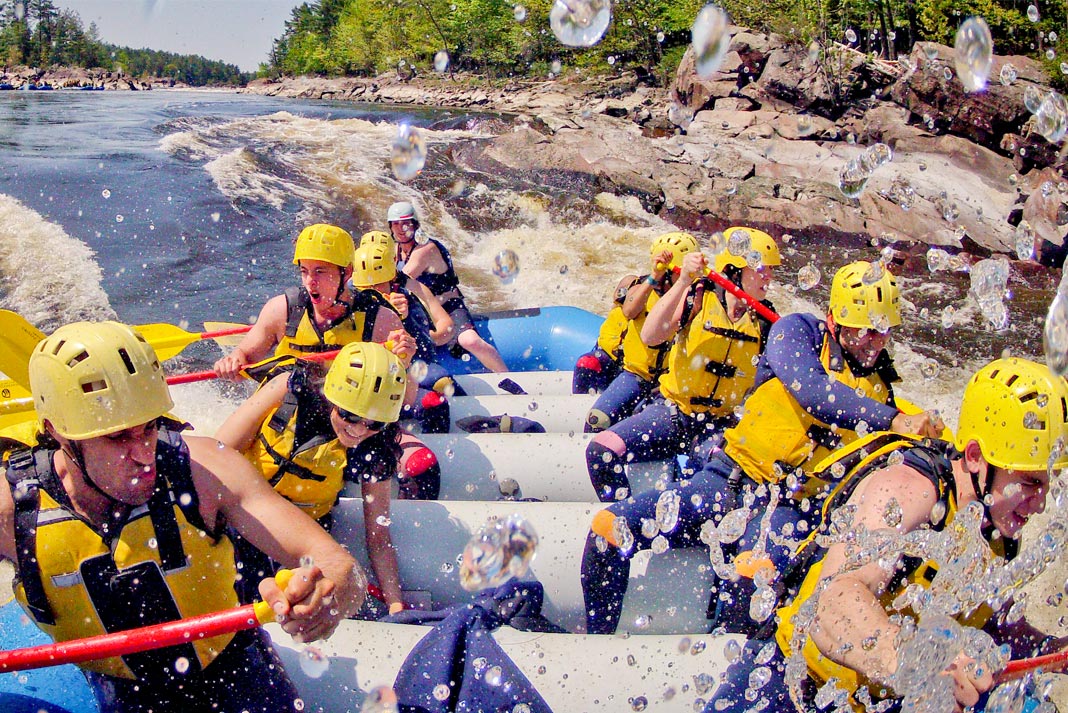
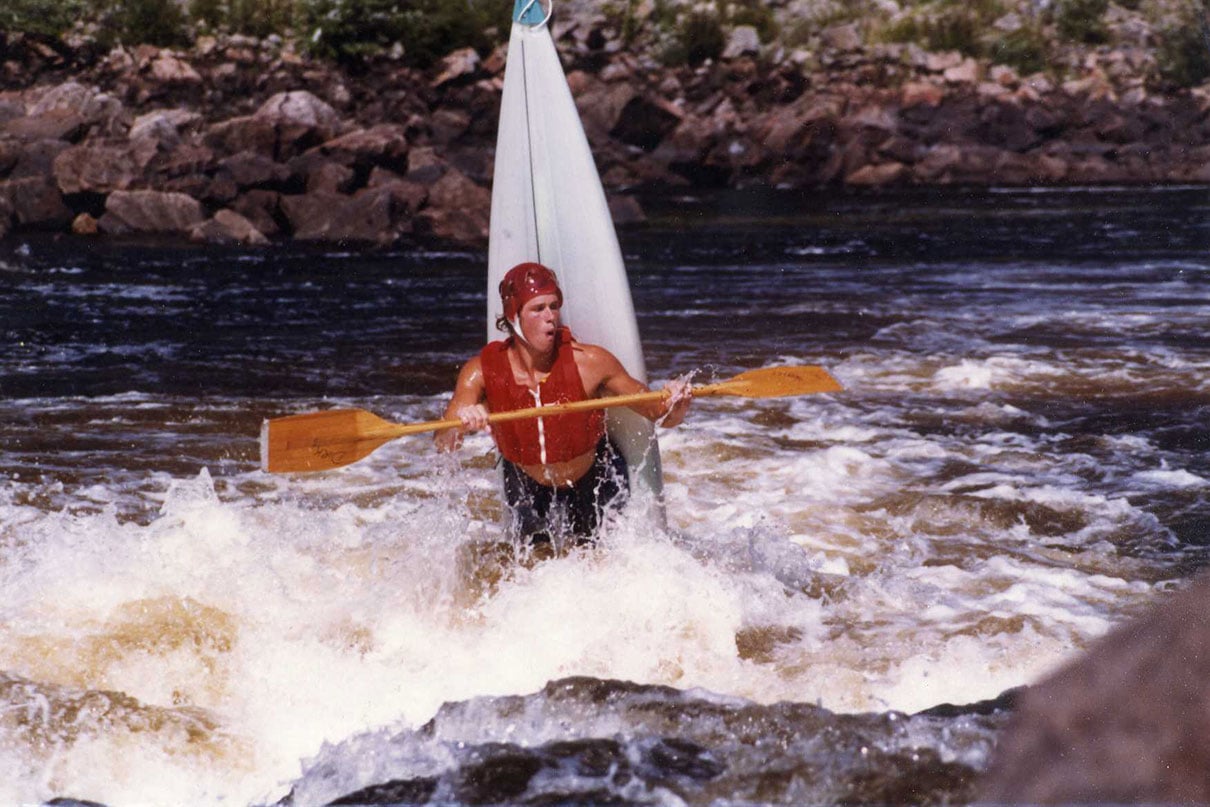
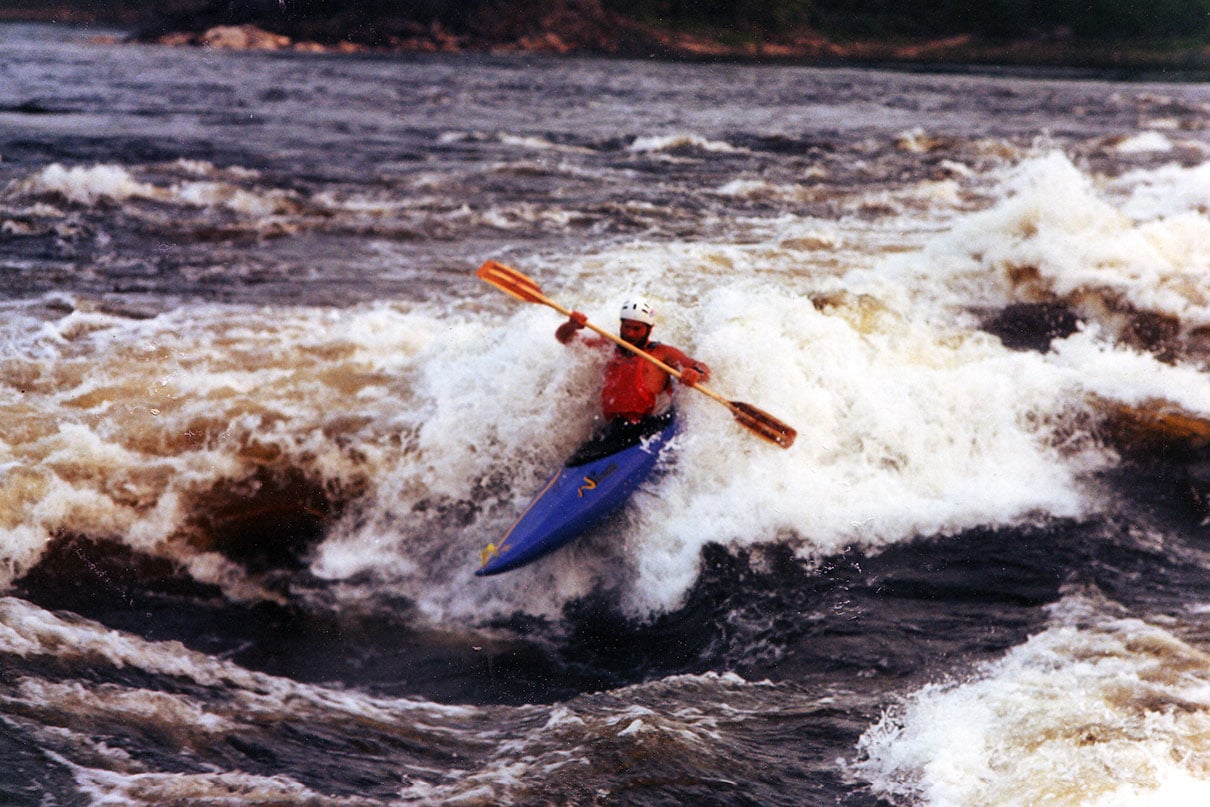
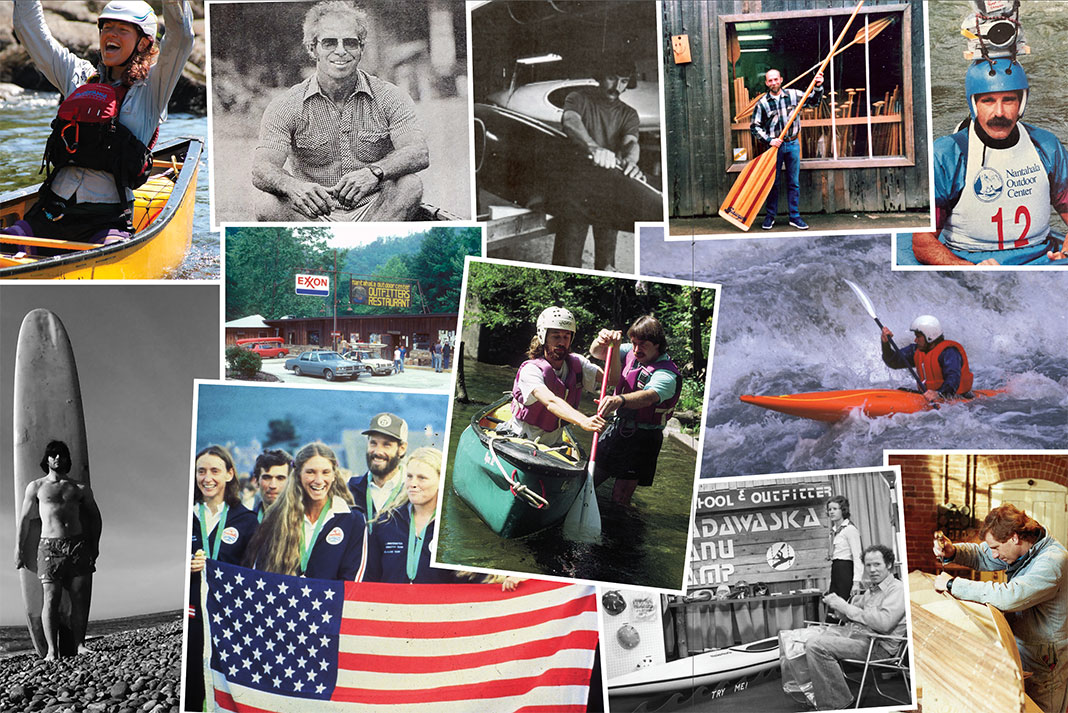
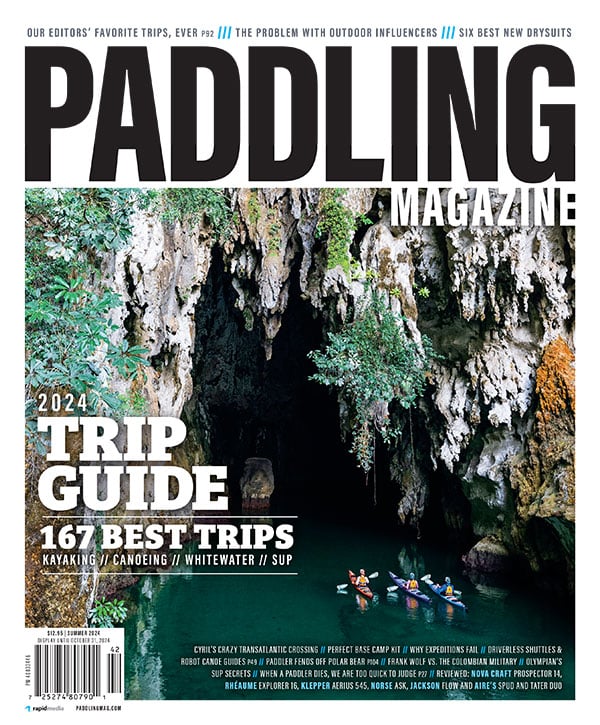 This article was first published in Issue 72 of Paddling Magazine.
This article was first published in Issue 72 of Paddling Magazine. 
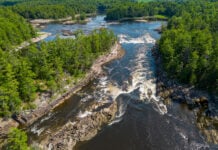
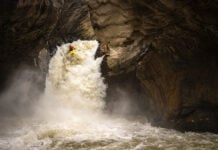
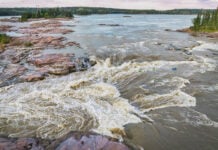
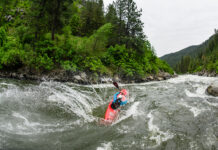

Not to forget the wide influence of the first published guide to Ottawa Whitewater by Jim Hargreaves in 1998 – a great resource and influential!
The photo of LJ surfing babyface must have been at least 94 or 95. The Pirouette wasn’t released in the 80’s. Awesome article!